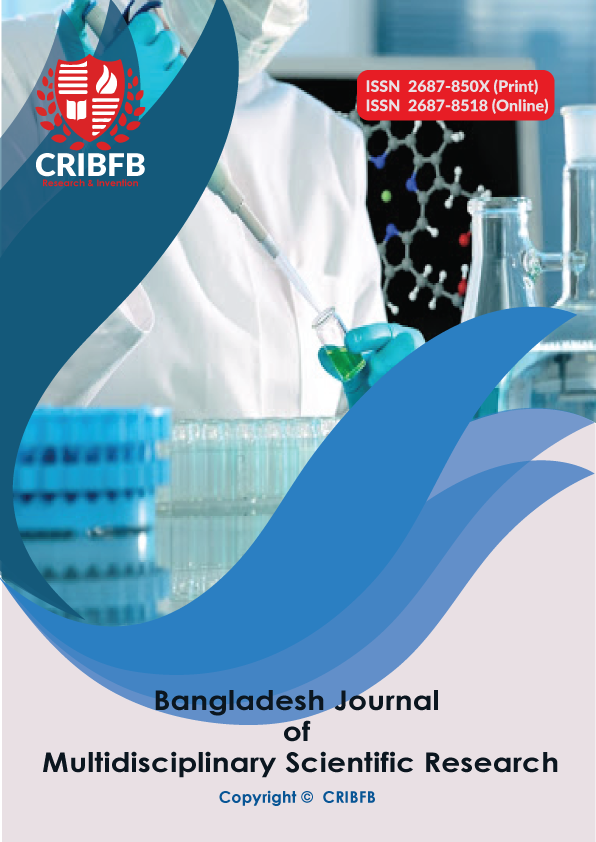EVALUATION OF GENOTYPES WITH ENVIRONMENTAL INTERACTIONS OF LABLAB (PURPUREUS L.) AND IT'S DRY MATTER YIELDS STABILITY IN THE MIDLAND OF GUJI ZONE, SOUTHERN OROMIA, ETHIOPIA
Main Article Content
Abstract
Animal feed is one of the main challenges facing livestock producers, due to inadequate nutrition, particularly during the dry season. The aim of this study was to identify Lablab genotypes performance in different midlands areas of Guji zones. A 3mx2m plot was used to seed twelve genotypes of Lablab purpureus, which were obtained from the International Livestock Research Institute Gene Bank, and a tick registered variety from Bako Agricultural Research Centre. During the main cropping rainy season in 2021-2022, three locations Dufa, Gobicha, and Kiltu sorsa, Adola subsite, and on farms in two (2) consecutive years, respectively were studied using randomized complete block designs (RCBD) with three replications. Information was gathered regarding the establishment, duration of various physiological stages, dry matter yield of fodder, chemical compositions, and additional relevant factors. AMMI and the SAS statistical analysis programmer, version (2002), were used to perform an analysis of variance on the gathered data. The list significant difference test was used to compare the means. The results of the AMMI analysis of variance for forage dry matter yield showed that there were substantial (P<0.01) variations in genotype and environment, but not in the effects of the G x E interaction. Both the representative testing site and the testing conditions (Adola woyu and Kiltu sorsa) were quite good at differentiating genotypes. The combined analysis of the data revealed that non-significant (P>0.05) differences for plant height and thousand seed weight, but significant (P ≤ 0.05) differences for days to flowering, days to maturity, number of branches, leaf to steam ratio, number of pods, and number of seeds across the tested environments. The results showed that, out of all the examined locations, G-11620 (15.43 t/ha) and G-14486 (11.12 t/ha) had the highest forage dry matter production. It was observed that the leaf to steam ratio was higher in both G-11486 and G-11620. All chemical compositions across the tested genotypes were found to be significantly different (p ≤ 0.05) among parameters, with the exception of DOMD and IVDMD, which did not showed significant (p >0.05) variations among genotypes. The recorded CP content ranged from 21.15% for G-14486 to 23.50% for G-11620, with the lowest value coming from typical cheek Gabis 10.8%. The highest and the lowest NDF were recorded from G-11620 (11.2%) and Gabis (22.23%) respectively. Generally the mean performance, yield and stability of the G-11620 and G-14486 were high and stable across the tested locations. Therefore, genotypes (G-14486 and G-11620) were promoted to variety verification for further evaluation and possible for release.
JEL Classification Codes: F25, Q35, W22, M83.




